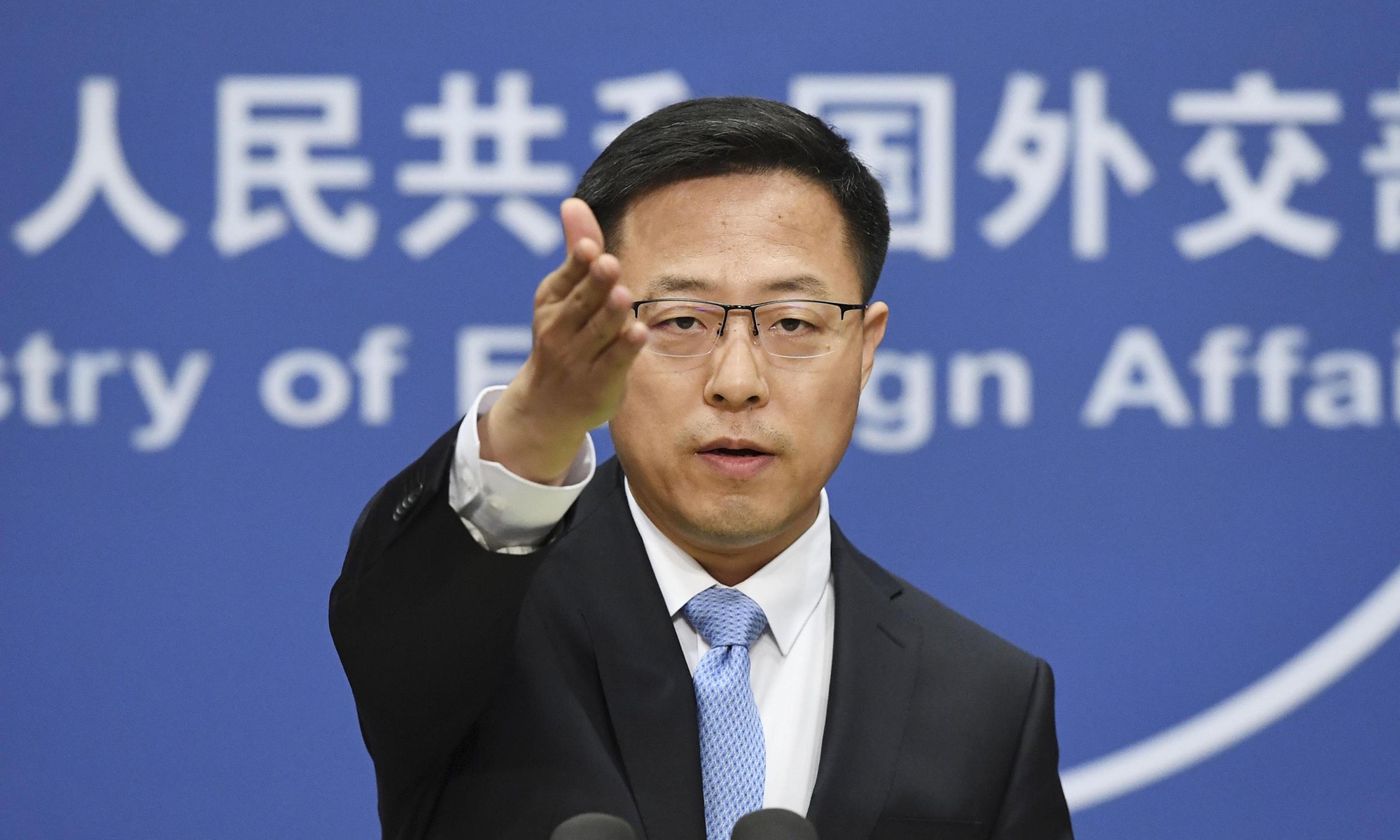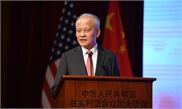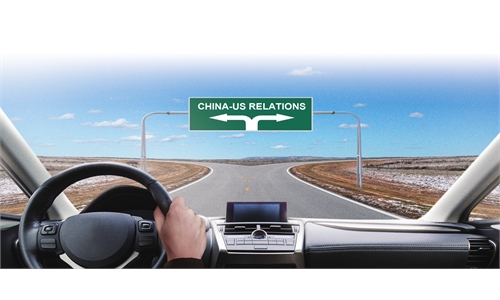
Zhao Lijian Photo: VCG
Cooperation has been the key tone for China-US relations in the past, and should continue playing such role in the future based on broad common interest and huge room for the two sides to team up, China's Foreign Ministry (FM) said Monday.
The comment followed remarks by Gregory Gilligan, chairman of the American Chamber of Commerce (AmCham) in China, who said in a recent interview with China Central Television that "we should look at the long-term benefits of cooperation between both sides."
AmCham China stands firmly against the idea of decoupling, and believes that the two economies have already become closely interwoven, and should keep it this year, the chairman said.
US business circles have expressed their optimistic outlook on China's economic development and willingness to continue investing in the country, opposing the economic decoupling.
"The nature of China-US trade and economic relations is mutual benefit and win-win," FM Spokesperson Zhao Lijian told a regular briefing on Monday.
It is hoped that the new US government will take an open posture, trying to promote the bilateral relations back on the right track, creating a favorable atmosphere for the healthy development of bilateral economic cooperation, Zhao said.
Tensions between China-US relations and the sudden outbreak of COVID-19 in 2020 have impacted American companies operating in China, but those factors did not prompt major companies to move their supply chains out of China.
Instead, the rapid recovery of China's economy and its effective control of the epidemic has boosted confidence of American companies in the Chinese market.
"China will continue to build up a market-oriented, law-based, and internationalized business environment as always, and US firms are welcomed to invest here," said Zhao.
According to a report released by the American Chamber of Commerce in Shanghai last year, of over 200 respondents that own or outsource manufacturing operations in China, 70.6 percent did not intend to shift production out of China, 14 percent are moving some production to non-US locations. Only 3.7 percent are moving some production out of China to the US.



